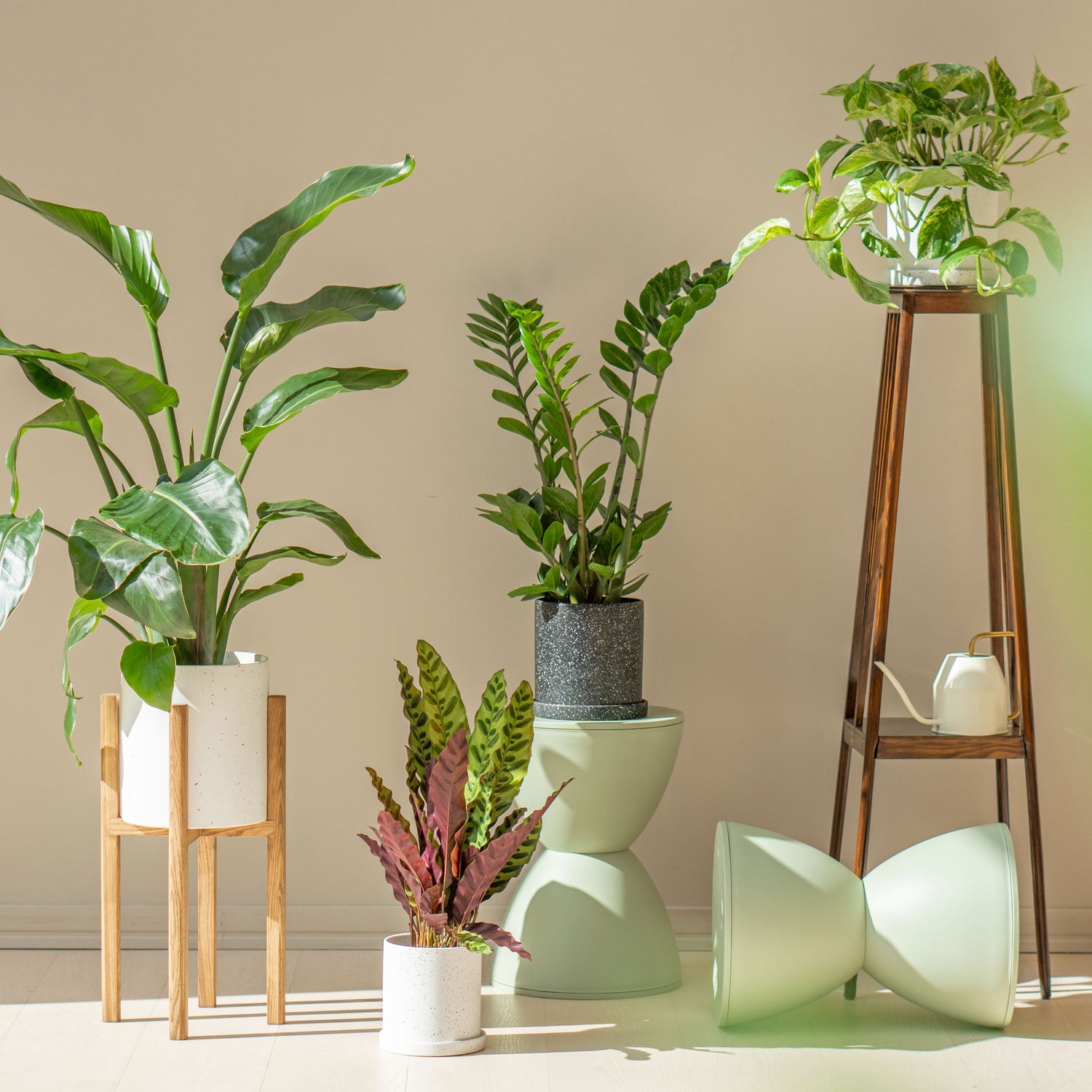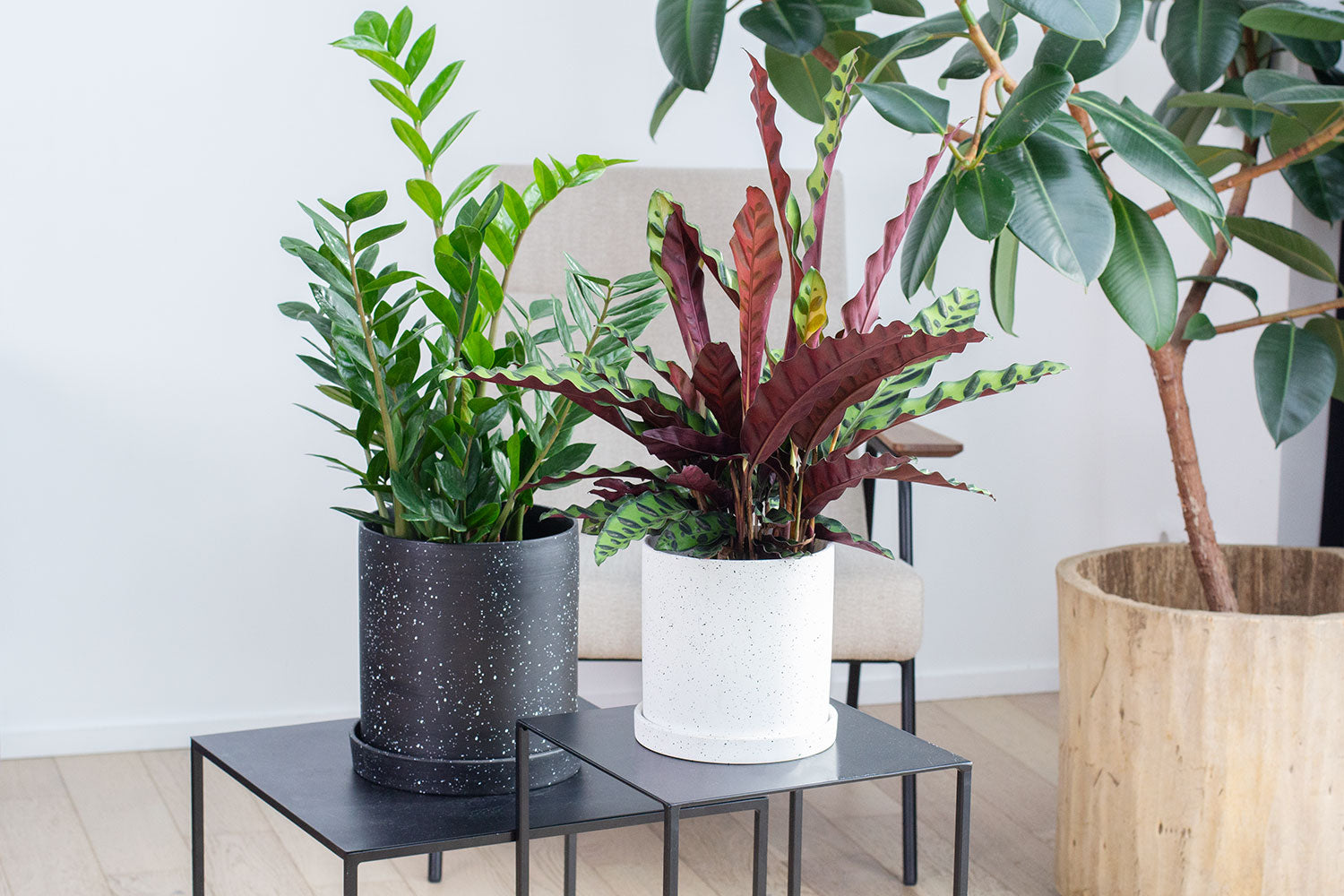
How To Repot Your Houseplants Properly
With proper care your house plants will thrive and delight you with lush foliage and plentiful flowering. The main thing is to support watering regime, find a place with enough light, and donot forget to periodically change the soil and the pot.
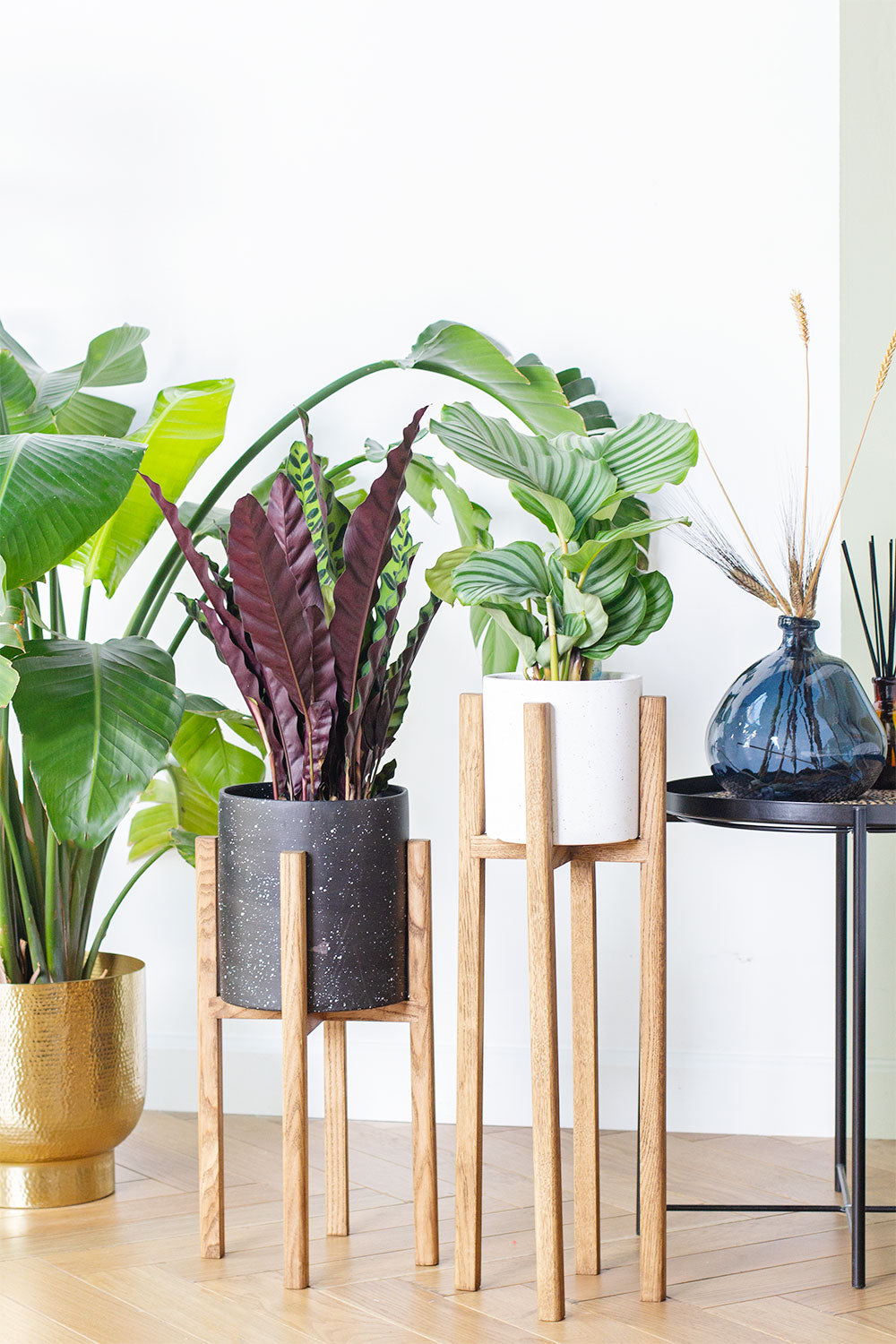
When To Repot
If your plant is young (under 3 years), it is better to repot it every year, because the plant is actively growing. Adult plants should be repotted once every 2-3 years. Some easy to care plants, such as cacti and succulents, can be repotted once in 5-6 years.
If you have just acquired a plant, it should not be repotted right away, it is better do it in a couple of weeks or a month, so the plant has time to adapt to new conditions and survive the transplanting successfully. For this period, you can put a plant in the original «growing» pot into a decorative container that will fit your interior.
The best time to repot houseplants is in spring from the end of March to May — at this time plants receive enough light to adapt easily to new conditions, but are not yet actively developing, like during summer period of active growth.
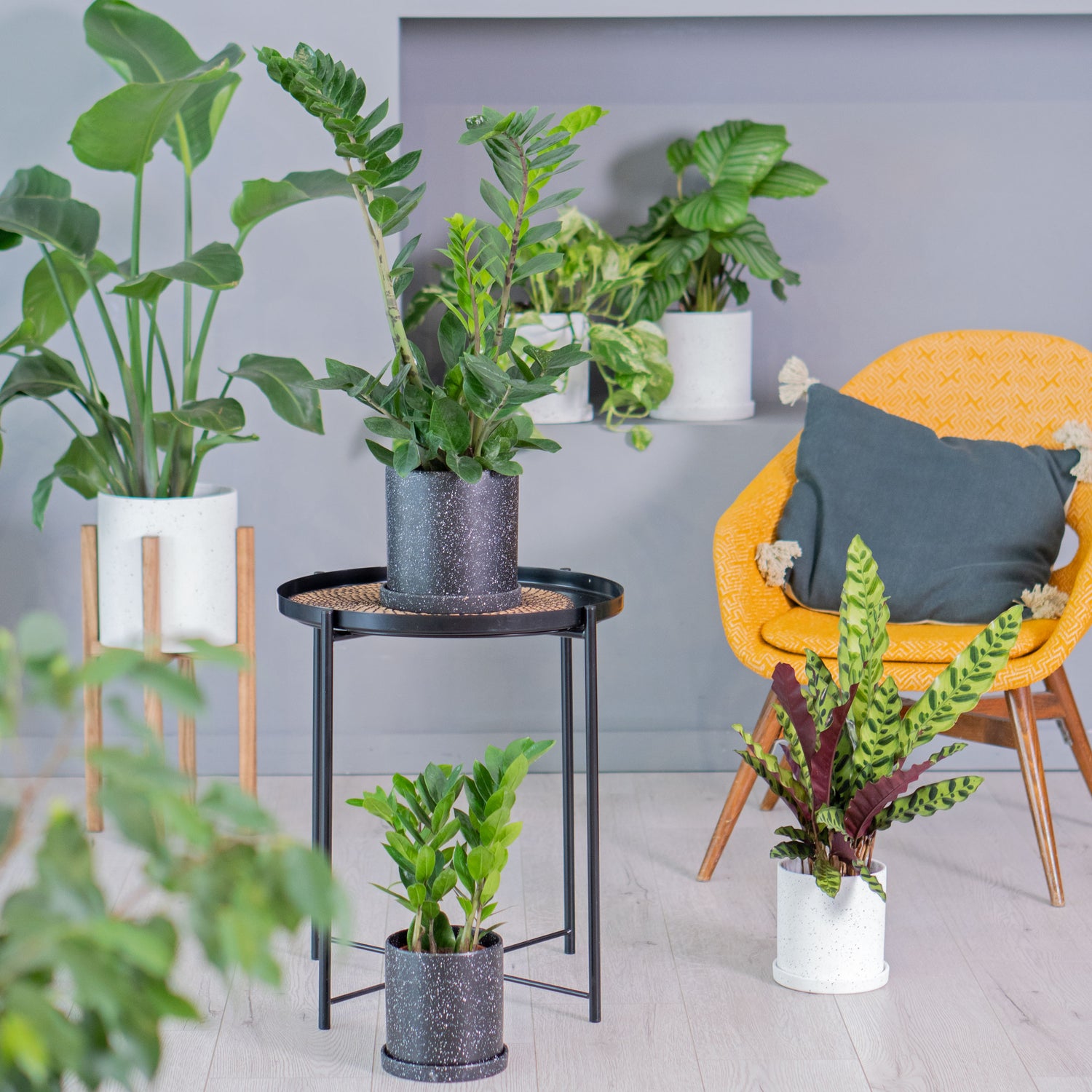
Choosing A Container
It is necessary to choose a new container that’s just two-three cm larger in diameter than the old one. A much larger container can be harmful for plant — instead of shoots and leaf development, the root system will develop more actively.
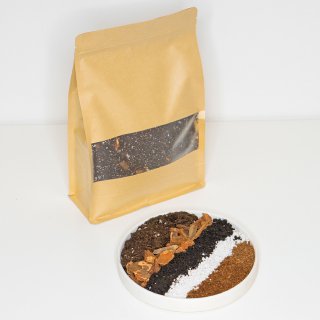
Getting The Soil Ready
The potting mix is selected, taking into account individual house plant needs and care recommendations. In most cases general-purpose potting soil for room deciduous plants will be suitable for repotting. For some varieties it is also possible to acquire potting soil created for each specific plant. Some extra perlite and vermiculite can be added to make the soil looser and provide better air access to the root system.
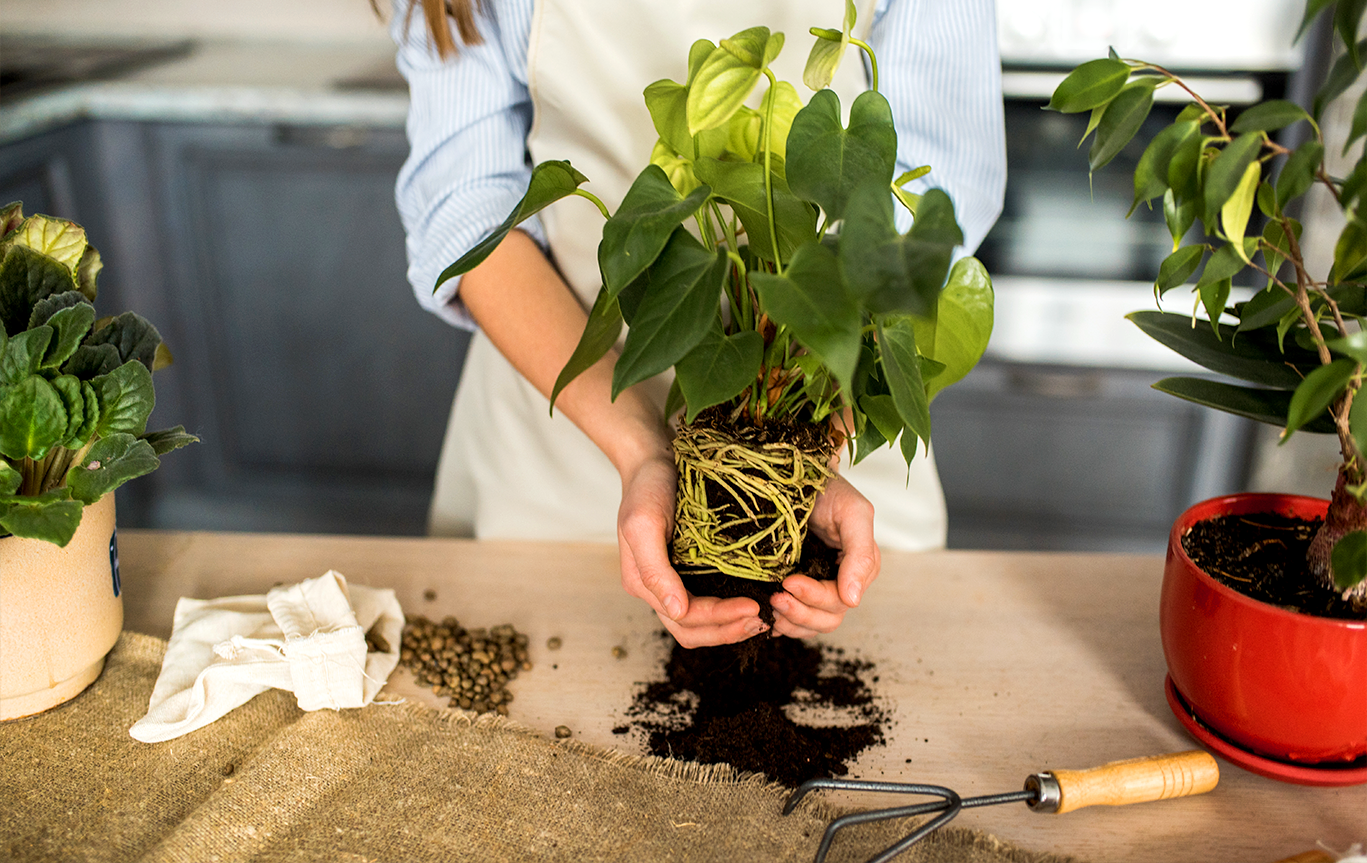
Methods For Repotting Plants
The most common method is when the plant retains its full ball of soil, in which it developed earlier, and the new soil is just adding over to fill the new pot completely. The method of replacing the top layer of the soil is also used, mainly for large plants which are difficult to repot into new container. In rare cases the full repotting is used when the roots completely cleaned of the old soil (mainly in the case of plant diseases or individual species).
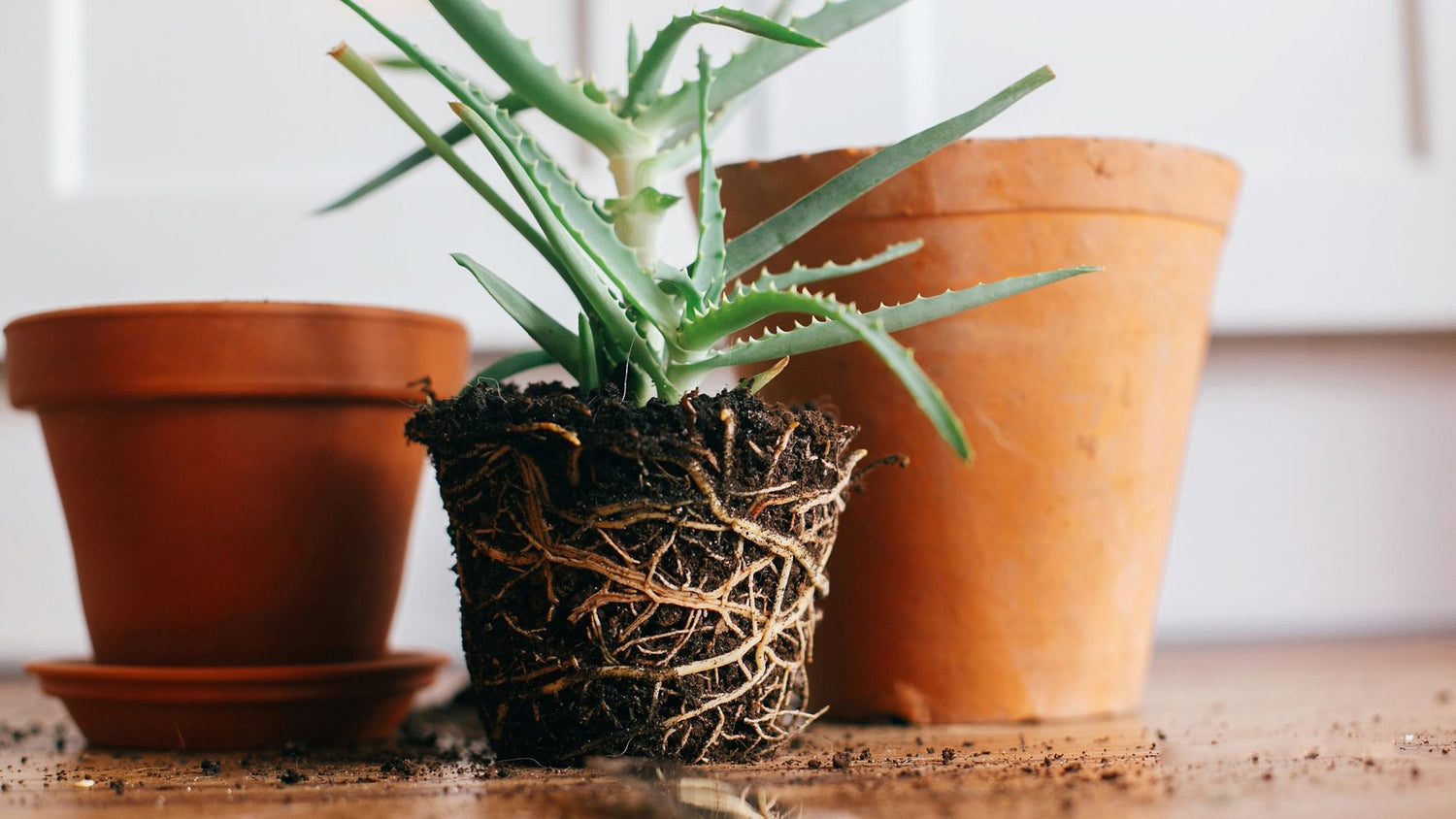
Repotting Procedure
By following these main rules, you can repot your plant:
1. Water your plant the day before or put in a water container for an hour. Earth will soften and roots will easily come out of the pot.
2. Add a 2-3 cm of drainage to the bottom. Clay pellets are usually used.
3. Turn the plant upside down, hold the plant gently with one hand, and slowly remove the pot with the other hand.
4. Put the plant in a new pot so that the base of the stem is below the rim of the pot by 1-2 cm.
5. Add the new soil around and gently firm the top layer.
Right after repotting plant need time to adapt. It is better not to put the pot in the full sun, but keep it in the shade for a few days. Do not water during this period. For a while water moderately, this will stimulate the root system to grow in search of moisture. It is better to fertilize after 1-2 months after the repotting. Regular spraying is beneficial for repotted plants.
